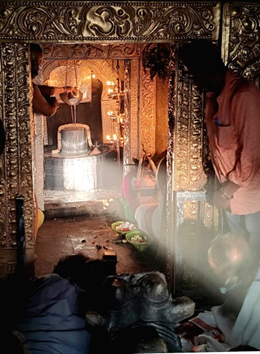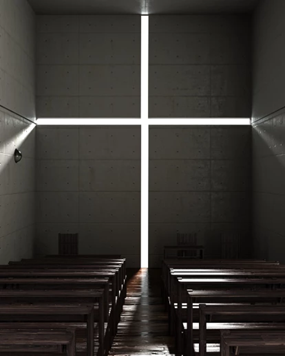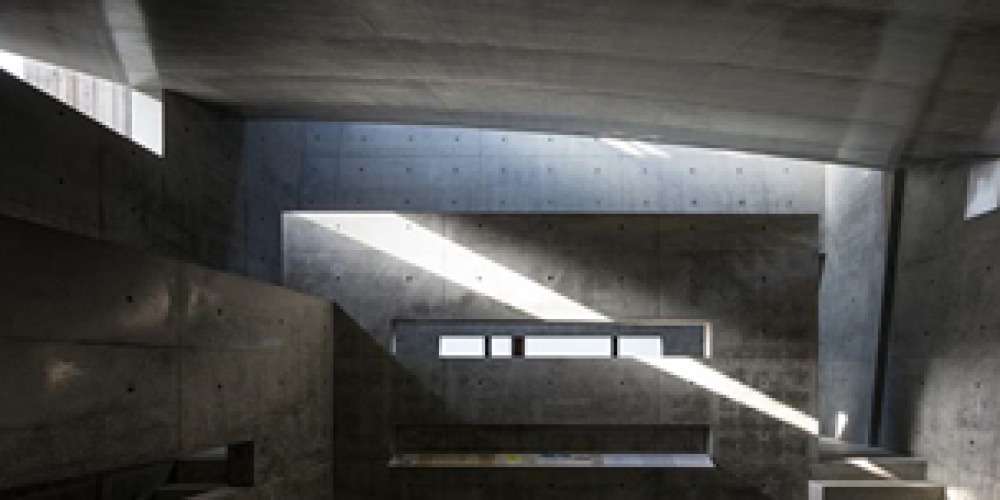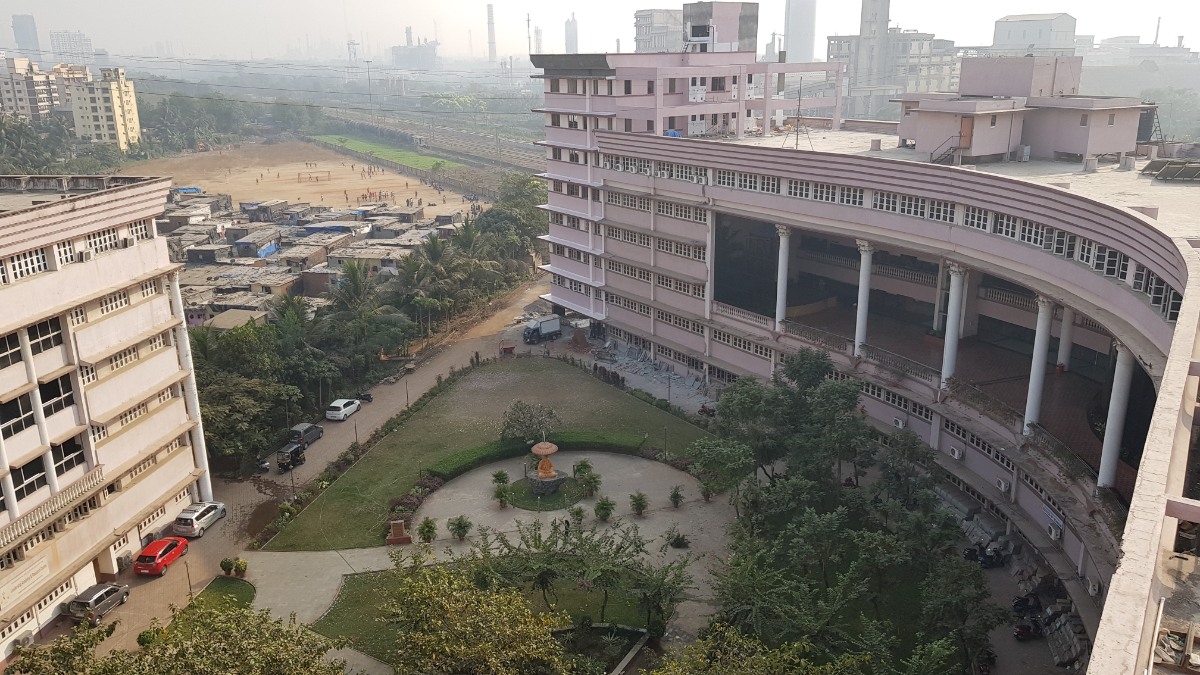

If one is questioned “what is architecture?”, one would say it is a lot more than just building a structure, it is about building an experience. It is about evoking emotions when you feel the spaces, right from the first glimpse of any structure to gaining an in-depth understanding about it, and till you actually experience it in person. It all starts with a vision which must then be realized through the design process. Moving from the material setting of the construction site to the abstract realm of light, the story of architectural experience takes shape. Light, which facilitates our vision, serves as a conduit for heightened awareness.
Architects build an entire journey while designing the structure. They make sure that every corner of a space tells you a fascinating new story and every tale can be deciphered in myriad ways. In the intricate tapestry of architectural design, light emerges as the silent orchestrator, poised to weave its influence throughout the space. Let’s unravel the concealed artist of architectural marvel i.e., LIGHT. It might just be one element out of many, but may well be the most crucial one for the resulting spatial experience.
The fun begins behind the scenes, where the architect makes the light sculpt their design. It’s about orchestrating the play of shadows. Architecture is where each beam narrates a tale and every shadow hides a design secret. As said by Le Corbusier – “Light and shadow reveal the form.”
One of my personal experiences of a space where this phenomenon of light unraveling its form-giving mystery is felt was at the Vaishno Devi temple in Kashmir. My journey started during the sundown hour as we started walking the pathways towards the shrine. The path was arduous, leading us to a mandapam amidst the hills. Amid the darkness, resembling a cave, a faint light guided our way. It was just the flicker of moonlight that filtered through, unveiling the subtle intricacies within the temple. The light moved with each passing moment, gradually exposing the alluring vision of the sanctum amid the encompassing darkness of the night. All was indistinct until the moment when a shaft of light revealed the deity. It was as if the luminescence itself carried the essence of devotion, adding that gentle brilliance to the aura of holiness. I experienced a profound connection with the space, where my mind, my body and the surroundings were drawn towards the divine. The interplay of light and shadows not only unveiled the form but also evoked a spiritual sensation within.
An amazing structure that encapsulates the harmonics of light/dark, stark/serene is The Church of Light, a remarkable creation by Architect Tadao Ando. This minimalist design is a canvas for the dance between illumination and obscurity. The way in and out of the church runs along the path of the wall that welcomes and shelters the visitor, until he reaches the interior through a tall opening in one of the walls. Inside, the height of the voluminous space descends in a staggered manner up to the altar and the wall behind which has a cross-shaped slit through its length and breadth through which light penetrates the interior of the church marking a cross over the floor of the church. This dramatic contrast between the illuminated cross and the dark atmosphere is intensified by sparse intermittent lighting.
Tadao Ando’s use of light and darkness in The Church of Light is obviously not coincidental, it’s a deliberate and outstanding show of his brilliant understanding of the duality of existence. The significant cross that pierces the altar wall from floor to ceiling represents the convergence between solid and void. This design aims to engage the observer, heightening their awareness of the profound disparity between the spiritual and the mundane within the church.
Vaishno Devi and The Church of Light, distinct in structure and purpose, employ light uniquely. Vaishno Devi integrates with natural light in its mountainous setting, infusing spirituality into the surroundings. Conversely, The Church of Light, a modern creation, intentionally manipulates light for a transcendent experience in its minimalist design. Despite differences, both places use light to craft a sacred ambiance, establishing a distinctive connection with the divine.
Light forms the final brushstrokes that complete an architectural masterpiece, where the dance of form and light can be witnessed in heightened glory. Light is not just an element of design, it’s the beating heart of architecture that breathes life into built spaces.
-Riddhi Banthiya
2nd Year student, Vivekanand Education Society’s College of Architecture


